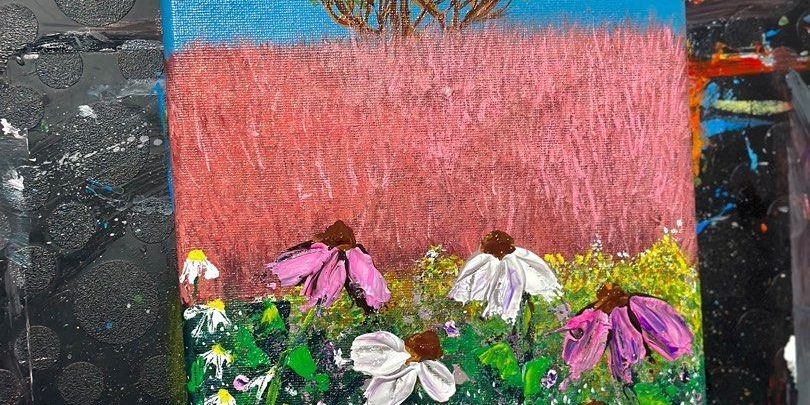Introduction:
In the world of art, there exists a technique that transcends the boundaries of traditional flat canvases, inviting viewers to not only see but to touch and feel the intricate details on the surface. Textured painting is an art form that introduces a tactile dimension, adding depth and richness to the visual experience. In this blog post, we’ll delve into the captivating world of textured painting, exploring its techniques, applications, and the unique charm it brings to the realm of visual arts.
Unveiling the Technique: What is Textured Painting?
Textured painting is an artistic technique that involves applying various materials and substances to the canvas to create a three-dimensional, tactile surface. Artists use a range of tools and mediums, including gels, pastes, sand, fabric, or even found objects, to build up layers and textures on the canvas. The result is a piece of art that not only engages the eyes but also beckons the viewer to explore the artwork through touch.
The Artistic Playground: Techniques in Textured Painting
- Impasto Technique: One of the most well-known techniques in textured painting, impasto involves applying thick layers of paint to the canvas. This creates a raised, sculptural effect, allowing the paint to stand out from the surface.
- Collage and Mixed Media: Artists often incorporate elements like fabric, paper, or even small objects into their paintings. This layering of materials adds not only texture but also a narrative depth to the artwork.
- Palette Knife Mastery: Utilizing a palette knife instead of traditional brushes allows artists to sculpt and shape the paint on the canvas. This technique lends itself well to creating bold, expressive textures.
- S graffito Technique: In this technique, artists scratch or scrape into the surface layers of wet paint, revealing the layers beneath. It adds a dynamic element to the painting, creating intricate patterns and textures.
Applications Across Artistic Styles:
Textured painting is a versatile technique that finds a home in various artistic styles:
- Abstract Expressionism: Textures become a vehicle for expressing raw emotion and energy.
- Realism and Still Life: Texture adds a lifelike quality, making objects feel tangible and real.
- Contemporary Art: Textured paintings often feature in contemporary art, adding a modern and dynamic touch.
Beyond the Canvas: Sculptural and Mixed Media Art
Textured painting isn’t confined to traditional canvases. Artists often take their exploration into the realm of sculptural and mixed media art, creating three-dimensional pieces that blur the lines between painting and sculpture.

Bringing Textured Art into Your Space:
If you’re looking to incorporate textured art into your home, consider these tips:
- Choose a Focal Point: Make textured art the centerpiece of a room to draw attention and create visual interest.
- Mix and Match: Textured paintings can coexist with other art styles. Experiment with blending textures with flat paintings for a dynamic gallery wall.
Conclusion: The Multi sensory Magic of Textured Painting
Textured painting invites us to experience art with more than just our eyes—it encourages us to run our fingers over the surface, feeling the contours and depths created by the artist. As an ever-evolving art form, textured painting continues to captivate and challenge both creators and admirers, proving that art is not only a visual spectacle but a multi sensory journey into the realms of creativity and expression. More info





